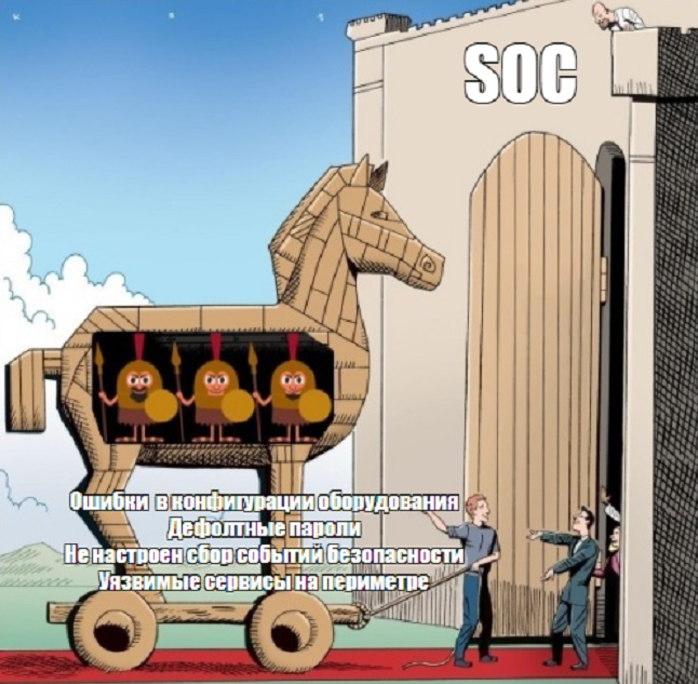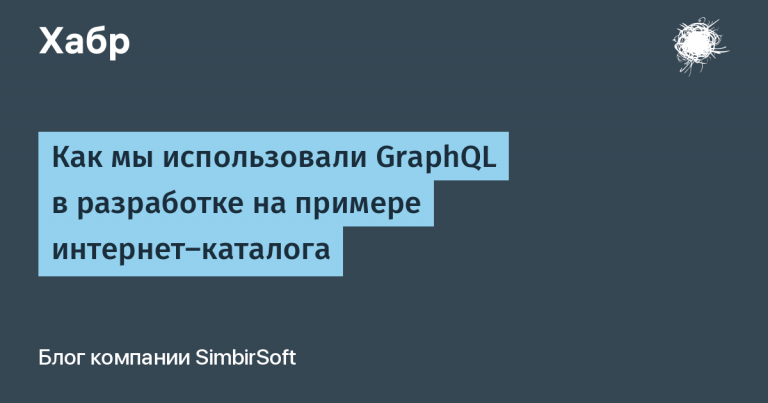ABC estimate. Installation in AltLinux
Notebook Specifications:
CPU – Intel Core i7-8700
VK – GTX 1660Ti
RAM – 16 GB
Drives installed — 512GB Phison SSD SATA m.2/1TB Samsung EVO 970 SSD NVMe m.2/250GB Samsung EVO 850 SSD SATA 2.5″
Display – 15.6” IPS 45% NTSC
Further, it is assumed that your local user is a member of the Administrators group, the operating system and packages are updated to the latest versions, as well as the drivers for the video card from the manufacturer are installed and Secure Boot is turned off.
To install the software we need WINEfor which we open the console / terminal and write the following commands one by one:
(hereinafter, the # symbol means a new line. When copying / entering commands from this article into the console / terminal, it should be ignored)
3.1. Installation WineHQ carried out on the basis of an article from AltWiki
# sudo apt-get update – update the headers of the actual software from the connected repositories
# sudo apt-get install i586-wine wine-mono i586-glibc-nss i586-sssd-client i586-libGL i586-libGLU – install the current 32-bit version WineHQ from the repository
# sudo apt-get install winetricks samba-winbind – additionally install winetriks to be able to configure WineHQand demon (service in Windows terms) winbind
# winecfg – We launch WineHQ in order to make sure that everything is installed properly, and you can also dig a little in the settings
3.2. Installation and setup PlayOnLinux
In order to less fiddle with the console / terminal and have more flexible options to configure WineHQ in graphic mode application PlayOnLinux
# sudo apt-get update – again update the titles of the actual software from the connected repositories
# sudo apt-get install i586-playonlinux – we install the application PlayOnLinux
3.3. Setting up PlayOnLinux
3.3.1 IN PlayOnLinux you need to create a partition for installation ABC BIM estimate. Because 64-bit software, then we start 64-bit “bottle” With WineHQ 6th version. To do this, go to the settings and create a virtual disk.
3.3.2
Install the necessary libraries for trouble-free operation, namely:
— Microsoft Core Fonts
— dotnet48
— vcrun2019
– d3dcompiler_47
IN
in settings
you need to install Windows 10
3.4
Installation
Current distribution for installation
on the Linux operating system using
Can
download from the developer site at this link
. After that, it is necessary to install it in a pre-prepared
.
A few notes about installation:
– you must choose to install the Linux version on a local PC;
– in order to be able to integrate with
it is necessary to activate the corresponding option for installing the plugin in the installer;
After installing the software ABC BIM estimate You will be prompted to create shortcuts to launch applications. You can also make your own shortcuts at any time using the settings menu PlayOnLinux
When you first start the program, the wizard will prompt you to select an activation method. Here you should select “Activation with reference to the system unit”. In the window that appears, you must select the activation type “Via ABC server with binding to the system unit.”

4. Oh, why did you need to fence the garden !?
TIM (BIM) technology
it’s not just a picture of
, and a three-dimensional three-dimensional model consisting of blocks, each of which is characterized not only by geometric parameters, but also by various properties, descriptions, and context. This is not entirely correct, but some parallels can be drawn with the semantic
WEB 3.0
, in which the links between information, and not the information itself, begin to play the leading role. Accordingly, the transition from
To
means that now the processes of combining and unifying previously disparate, within the framework of the division of labor, information and technology will come to the fore. Here, as well as in science, all discoveries / regularities will come from the processing of information at the junctions of departments. Those. the role of horizontal communications in teams will increase, resulting in the need for personnel who can find a common language and translate messages with all participants in the construction process.
Having a common language has never prevented people from misunderstanding each other. (but it helped to fool) (c)
The modeling principle means for
Design and estimate documentation (PDD)
that now the individual sections of the project will not be on their own, but on the model all information related to this node will be available in full, which, when combined with other existing technologies, dramatically increases visibility:
How will all this affect specialists who consider the cost of work within the framework of the Federal Estimate and Regulatory Bases?
1. Increasing role estimators. If earlier estimator issued the volumes of drawings, according to which, after the designers, he calculated the costs, now estimator will be a full participant in the design processes, i.е. estimator will now be a participant in the design processes.
2. Visual docking of the engineering and economic parts of the model.
3. BigData (as well as the Knowledge Base of specialists) in terms of averaging and typing sets of prices for typical work packages. In turn, such standardization will make it possible to make “evaluative” calculations faster and even automate them in the future.
4. The estimate solution is saved in the model with reference to blocks. Thus, not only the methods of work on budgeting are changing, but it is also visually visible how true estimator evaluated the work packages. For elements of the same type, automated duplication of the estimated property by families and standard sizes is provided.
This method, however, is not without drawbacks, for example, because, as a rule, earth masses may not be shown on such a model. There is a problem of collisions, i.e. partial doubling of volumes, when with t.z. the visual display of the model is all right, but in fact the volumes are geometrically incorrect due to overlaps, which will automatically mean increased requirements for the model and the conditions for its design. There is no mass experience in using such programs, therefore, if earlier any qualified engineer, based on plans and detailed assemblies, was able to calculate the approximate amount of work and materials, then many fear that when working with a model, a person will more often make mistakes and miss something. Those. The new approach brings not only new opportunities, but also challenges. Again, the methods of model control, at the moment, are expensive and time-consuming, i.e. old design technologies, in some cases, are cheaper.
And last but not least – there are fears that the manual labor of specialists – engineers, will be abolished, due to the creation of a software complex that, according to the architectural solution, will issue and accept calculations on the construct, nodal joints, cost based on statistics / processing of materials by neural networks.
5. Conclusion
The digitalization processes that are gaining momentum in construction at all levels are largely Political Will. As an example of this
there are no collections of estimated prices for, all of us dearly beloved,
. Resource-index method, based on
which has been introduced for the last 10 years, is now mandatory.
From this year, until the end of the year, we will move across all regions of our vast country
:
The same applies to the digitalization of construction, which already at this stage requires a change in structural internal relations both within organizations and in the interaction between organizations. Increasing requirements for skills and knowledge
. And in this new future, it is the connections and their estimates that will determine the direction of the industry;)
All Good.





